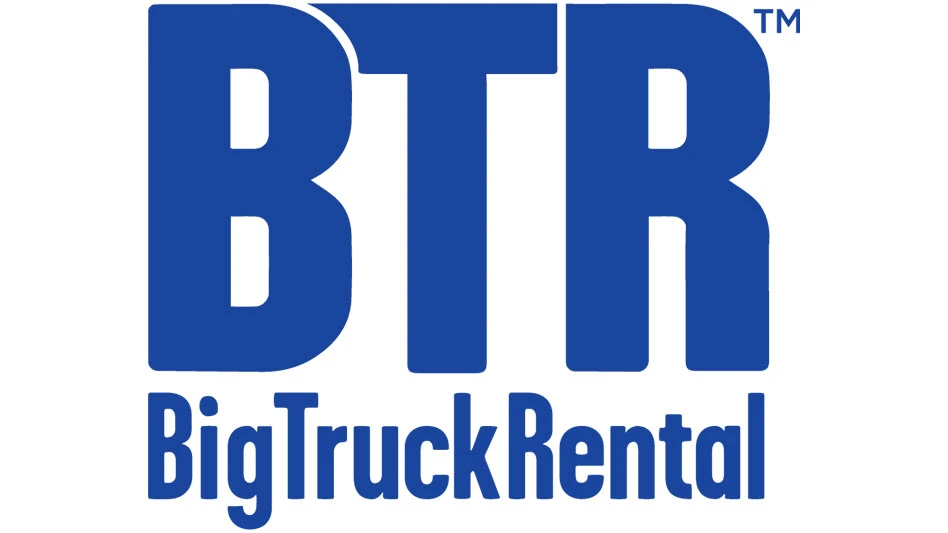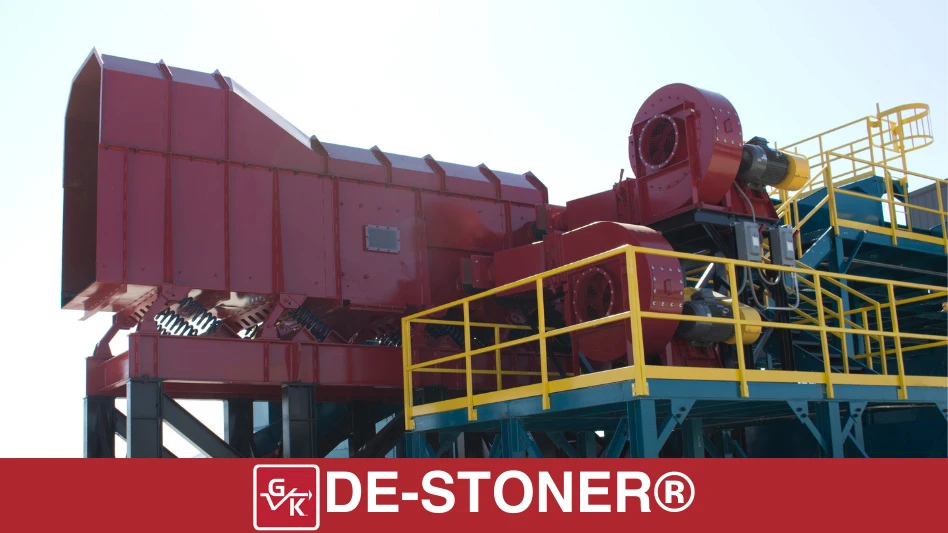
The demolition industry has experienced its share of ups and downs over the last decade. After finally seeing an increase in activity coming off of the recession years of the late 2000s to about 2013, the industry was dealt another tough set of market conditions when the scrap metals industry reached 10 year lows in 2015. The scrap metals industry still has not made a full recovery and the demolition industry has had to adapt.
Fortunately for many of the companies on Construction & Demolition Recycling’s 2016 Largest Demolition Contractors list, revenues only dipped slightly for some, while others steadily gained market share.
FOLLOWING THE LEADER
New York City-based NorthStar Group is once again the largest revenue earner. The company, which formed in 2014 with the merger of LVI Services Inc., New York, and NCM Group Holdings LLC, Brea, California, was the largest earner on our 2014 list and saw a nearly 30 percent increase in revenue from what it reported in 2013 compared with the $652.33 million it earned in 2015.
The second and third companies on the list, Brandenburg Industrial Service Co., Chicago, and D.H. Griffin Wrecking Co. Inc., Greensboro, North Carolina, each had slight revenue declines in 2015 compared with 2013. Revenues were down eight percent for Brandenburg, while D.H. Griffin saw a 1.4 percent dip from two years ago. MCM Management Corp., Bloomfield Hills, Michigan, fifth on the list, also had a 7 percent decline in revenue from two years ago.
Companies with the most notable revenue increase from 2013 to 2015 were Ferma Corp., Mountain View, California (No. 7), Cherry Cos. (No. 4), Houston, and Interior Removal Specialist Inc. (IRS) (No. 16), South Gate, California.
 Click for full size view
Click for full size viewFerma’s increase from $40 million in 2013 to $72 million in 2015 give it the highest growth among the firms listed, growing its revenue 80 percent in the two-year period. Cherry reported 2015 revenue of $133.4 million, a 40 percent increase from its 2013 reported figure of $94.5 million, and IRS increased its revenue by 38 percent.
Three demolition firms emerged for the first time on our biannual list based on their 2015 demolition revenue figures. They are Independence Excavating, Cleveland (No. 10); O’Rourke Wrecking, Cincinnati (No. 13); and Envirocon, Missoula, Montana (No. 19).
Cleveland Wrecking Co., Covina, California was notably absent from the 2016 list. It is reportedly phasing out its operations. In late 2015, Cleveland Wrecking sold much of its equipment at auction.
POSITIVE VIBES
The average growth for firms appearing on the 2014 and 2016 lists is 6.45 percent, which shows stability in the industry at a time of market volatility. The growth also appears to be in line with the overall construction industry, and construction industry groups are predicting continued growth in 2017.
Anirban Basu, chief economist of the Associated Builders and Contractors (ABC); Kermit Baker, chief economist of the American Institute of Architects (AIA); and Robert Dietz, chief economist of the National Association of Home Builders (NAHB), jointly issued a forecast in mid-August indicating growth.
“Nonresidential construction spending growth will continue into the next year with an estimated increase in the range of 3 to 4 percent,” says ABC’s Basu. “Growth will continue to be led by privately financed projects, with commercial construction continuing to lead the way. Energy-related construction will become less of a drag in 2017, while public spending will continue to be lackluster.”
“Our forecast shows single-family production expanding by more than 10 percent in 2016, and the robust multifamily sector leveling off,” says Dietz of the NAHB. “Historically low mortgage interest rates and favorable demographics should keep the housing market moving forward at a gradual pace, but residential construction growth will be constrained by shortages of labor and lots and rising regulatory costs.”
“Revenue at architecture firms continues to grow, so prospects for the construction industry remain solid over the next 12 to 18 months,” remarks AIA Chief Economist Baker. “Given current demographic trends, the single-family residential and the institutional building sectors have the greatest potential for further expansion at present.”
To make the forecast, the economists drew upon present and future indicators for sector performance, including ABC’s Construction Backlog Indicator (CBI); AIA’s latest Architecture Billings Index (ABI) and Construction Consensus Forecast; and the NAHB/Wells Fargo Housing Market Index (HMI).
On Sept. 20, ABC released second quarter CBI which bodes well for the large contractor segment. Large contractors with annual revenue above $100 million reached a new high of 14.06 months during the second quarter of 2016, shattering the previous high of 12.25 months for any revenue segment.
Nationally, average backlog fell to 8.5 months during the second quarter, down 1.6 percent from the prior quarter. CBI remained virtually unchanged on a year-over-year basis, signaling that growth in the nation’s nonresidential construction industry is slowing, according to ABC.
“While a handful of commercial construction segments continue to be associated with expanding volumes, for the most part, the average contractor is no longer getting busier,” says Basu. “While backlog is hardly collapsing, the period of growing in nonresidential construction spending appears to be ending. In fact, nonresidential construction spending data indicate that growth has been slowing for a number of months, something that prior weak CBI readings suggested would occur.
“As the nonresidential construction recovery broadened, smaller contractors began to experience a rise in backlog,” Basu adds. “However, recent data indicate that once again larger contractors are gaining market share. Small firm backlog has begun to decline.”
Despite a decline in backlog, three regions were associated with rising backlog during the second quarter. Bright spots include the South, West and Middle States, thanks in part to automotive industry expansion and population growth. Only the Northeast reported a decline in backlog, which at 7.1 months is back to levels not seen since 2011 and 2012.
Many of the major Northeast markets have experienced significant commercial development over the course of the recovery. The pace of activity appears to have slowed a bit possibly amid concerns regarding market saturation in office space and other segments, ABC notes.
Growth will likely be a little slighter when we publish our 2018 Largest Demolition Contractors list.

Explore the November 2016 Issue
Check out more from this issue and find your next story to read.
Latest from Construction & Demolition Recycling
- C&D World session preview: Key strategies for effective fleet maintenance
- Rotochopper hosts equipment owners at annual training program
- EAF mill underway in California
- On the move
- Viably teams with Turmec on materials processing systems
- Tight supply poised to keep recycled steel prices buoyant
- Untha shredder prepares SRF in the UK
- Mammoet on the job at Montréal Olympic Stadium project





